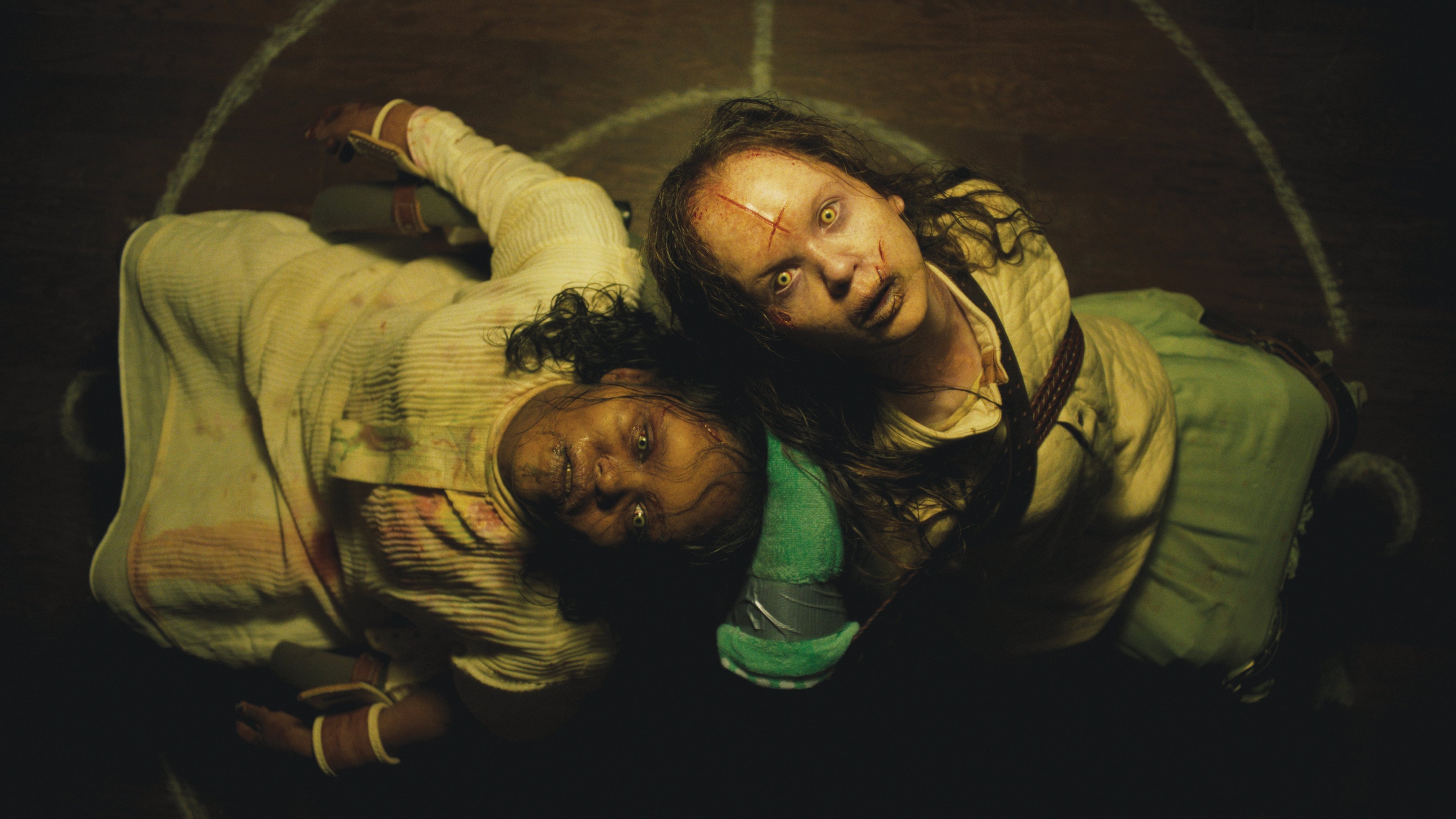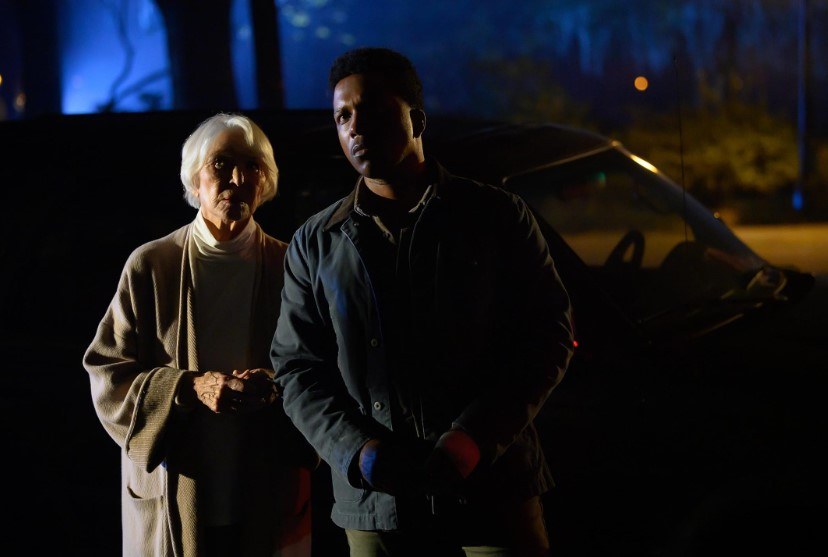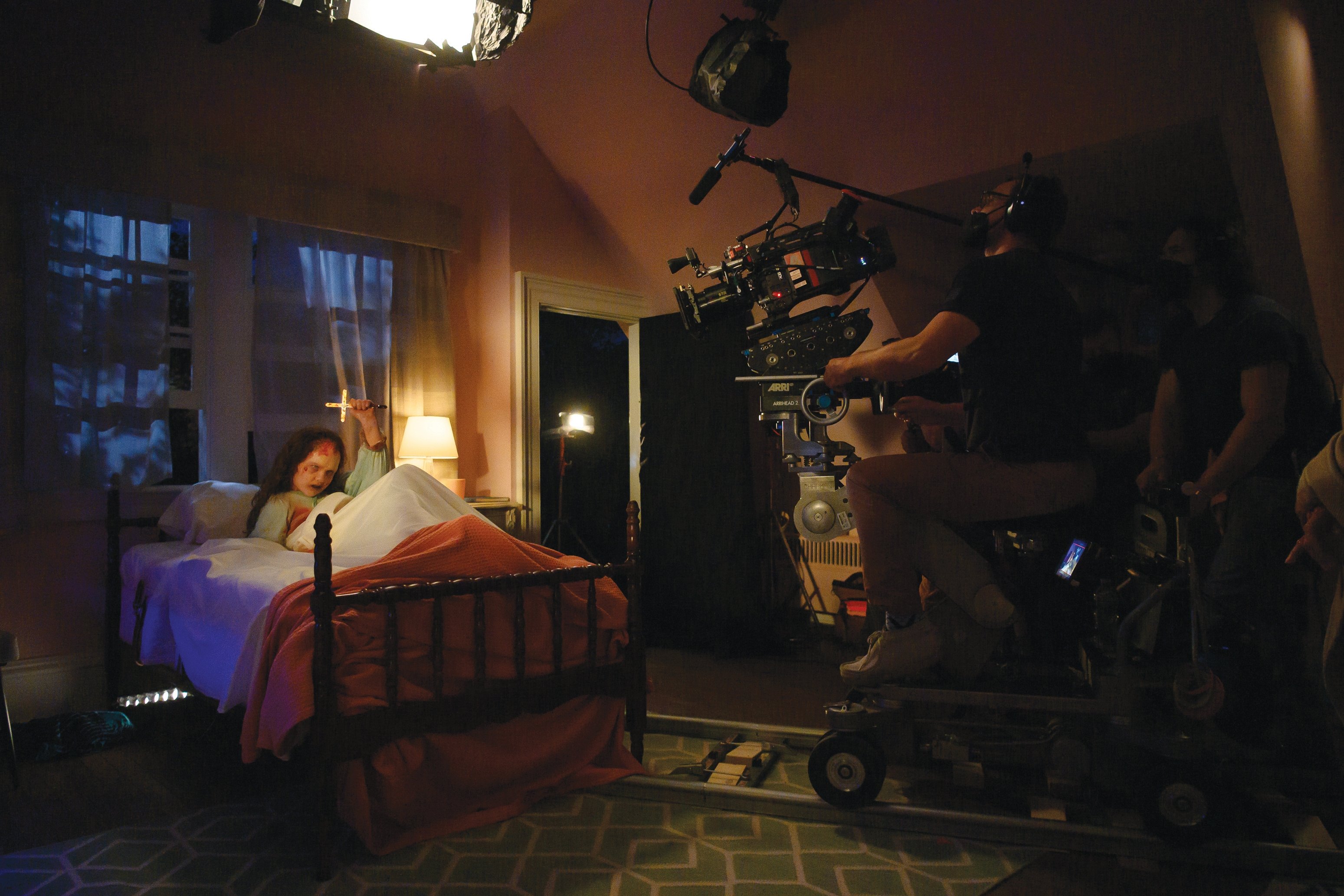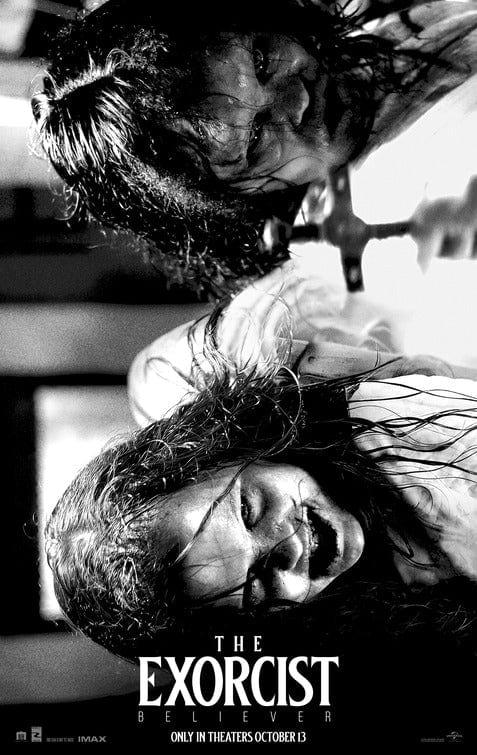
The Exorcist: Believer — “Logic Is the Enemy of the Cinematographer”
“What something looked like in a wide shot versus an insert or a close-up is irrelevant. There is no lighting continuity other than general atmospheric mood.”
After shooting the recent Halloween trilogy for director David Gordon Green, cinematographer Michael Simmonds signed on to shoot Green’s The Exorcist: Believer, which is also closely tied to a 1970s horror classic — it’s intended as a new beginning for the legacy that started with William Friedkin’s 1973 shocker, shot by Owen Roizman, ASC (AC Feb. ’74).
“We approach this as a movie my mom and a general audience that likes intense movie experiences would enjoy,” says Simmonds. “We attempt to scare people through the ‘uncanny valley’ of showing things that are familiar but slightly off to make the viewer feel a sense of discomfort.”
Simmonds’ credits encompass a range of genres, and he says lighting for horror “is without a doubt the most challenging and daunting. It has nothing to do with where you put the lights — it’s where you don’t put them. You’re basically telling micro-stories of violence and tone, and trying to create doubt in certain parts of the room, clarity in others.”
Paying Homage to a Classic
The filmmakers wanted to pay homage to Roizman’s Academy Award-nominated work on The Exorcist. Simmonds chose Moviecam lenses from Arri Rental that rehoused vintage Olympus OM glass in new, lightweight lens bodies. “The original movie was shot with spherical lenses because they were faster and needed less light, but that was not a concern for us,” he says. “We shot spherical just to replicate the style of the original.”
However, he avoided vintage zooms, instead selecting Fujifilm’s Fujinon Premistas. Precise focus was critical, as many shots required extensive visual effects.
Lighting and lens filtration also helped to suggest a 1970s aesthetic. “I used a Schneider Radiant Soft in front of the lens all the time and built off that,” Simmonds says. He employed “softer lighting, broader sources and more negative fill for a moody look while still remaining true to the original.”

Understanding the Story
Story is paramount for Simmonds. “Until I understand character and the point of a scene, I have no idea where to put a camera or, God forbid, a light. My favorite part of the day is working with the director, blocking out the scene, and, prior to that, developing the scene in prep and understanding its functionality within the larger story. Then I understand exactly what that scene is supposed to look like and exactly where the lights are going to go.”
Classic With a Modern Touch
The camera was usually on “New York sticks” — a non-moving dolly. There are only two Steadicam shots; most of the camera moves are pans or simple glides, and drifts to the right or left.
Wireless smart lighting, controlled via a dimmer board, was built into the sets. “I don’t think a light with an actual bulb was in a lamp in the entire shoot,” he says. He would request source and direction, and his crew would program it. DIT Justin Paul Warren color-graded live on set because production planned to test early with audiences.
“There’s a lot of in-camera special effects, a lot of shaker motor stuff and playing with prisms and crystals,” Simmonds says. “I often handheld a light just to give the lens a kiss, or hit some piece of the set or a flag slowly moving through a window, just to keep the light moving a little bit.”

Lighting Demonic Possession
The exorcism sequence had a significant page count and took more than a week to shoot. Simmonds and Green broke it down into mini-chapters, which enabled cast and crew to all be “on the same page in terms of what is our beginning, middle and end… and what our transitions were from piece to piece.”
In addition to the smart lighting panels, Simmonds had a big soft box placed over the exorcism set. “The ceiling of that set was built to come in and out with ease, but there was way too much light when it was taken out, so we used large pieces of foam and such to control the light from the softbox, which was much closer to the actors than one would normally want. We would keep very small, 1-by-1-foot holes over the actors’ marks, and then give the light some shape from the ground.”
He also designed a variety of lighting effects to happen throughout the scene. “It starts brighter and gradually becomes darker, but you will feel it and not notice it. Then there are specific lighting cues — things that happen during the possession to actually source the light.”
Simmonds emphasizes, however, that the connective tissue from frame to frame is the storytelling, not the lighting. “What something looked like in a wide shot versus an insert or a close-up is irrelevant. There is no lighting continuity other than general atmospheric mood. Logic is the enemy of the cinematographer.”

TECHNICAL SPECS
1.85:1
Cameras | Arri Alexa Mini LF
Lenses | Arri Rental Moviecam, Fujifilm Fujinon Premista zoom






